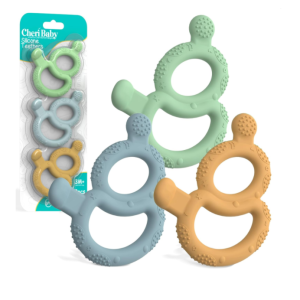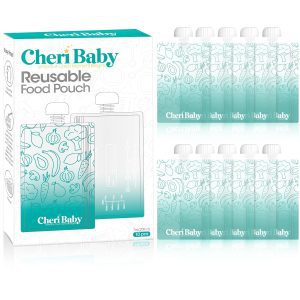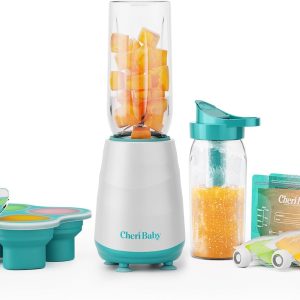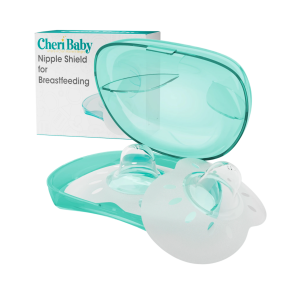Your cart is currently empty!

Teething is a challenging phase for both babies and parents. As little ones experience discomfort from erupting teeth, a good teether can provide relief while aiding in oral development. With countless options on the market, selecting the right teether can feel overwhelming. Here’s a comprehensive guide to help you choose the best baby teether for your little one.
1. Prioritize Material Safety
The most critical factor in choosing a teether is ensuring it is made from safe, non-toxic materials. Look for these options:
- Food-grade silicone: Soft, durable, and free from harmful chemicals.
- Natural wood: Often untreated or coated with baby-safe oils, wooden teethers are eco-friendly and sturdy.
- BPA-free plastic: Ensure the plastic is labeled as free from bisphenol A (BPA) and other toxins.
Always avoid teethers that contain phthalates, latex, or other harmful substances.
2. Check the Size and Shape
Choose a teether that fits comfortably in your baby’s small hands and mouth.
- It should be large enough to prevent choking but not too bulky for them to grip.
- Look for ergonomic designs with easy-to-hold handles or loops.
3. Consider the Texture
Teethers with varying textures can soothe sore gums and stimulate sensory development. Opt for designs with ridges, bumps, or soft bristles to massage gums effectively.
4. Ease of Cleaning
Babies put everything in their mouths, so hygiene is essential. Choose a teether that’s easy to clean:
- Dishwasher-safe teethers save time.
- Silicone and plastic teethers can typically be sterilized or wiped down with a damp cloth.
- Avoid teethers that are difficult to reach in crevices or absorb moisture, as they can harbor bacteria.
5. Look for Additional Features
Modern teethers often come with extra functionalities to enhance their usefulness:
- Freezable or Refrigerable Teethers: Cooling helps numb sore gums.
- Teethers with Rattles or Sounds: Provide entertainment alongside relief.
- Multi-functional Teethers: Some double as pacifiers, toothbrushes, or toys.
6. Avoid Gel or Liquid-filled Teethers
While water-filled teethers can be frozen for cooling relief, gel-filled ones are often discouraged due to potential leaks and safety concerns.
7. Durability and Longevity
Teething can last for months, so choose a teether made from durable materials that won’t break or wear out quickly. Check product reviews and ensure the teether is made to last.
8. Age Appropriateness
Some teethers are specifically designed for different stages of teething. Ensure the teether is suitable for your baby’s age:
- 0-3 months: Softer, lightweight teethers.
- 3-6 months: Teethers with different textures and features.
- 6+ months: More robust designs to withstand biting.
Recommended Baby Teethers
Here are some popular types of teethers to consider:
- Silicone Teething Rings: Simple and effective.
- Teething Mittens: Perfect for younger babies who chew on their hands.
- Wooden Teethers: Durable and aesthetically pleasing.
- Teething Toys: Shaped like animals, fruits, or other fun designs.
- Frozen Teethers: Provide extra cooling relief.
Final Thoughts
The best baby teether is one that provides relief while being safe, durable, and easy to use. Pay attention to your baby’s preferences, as some may prefer soft silicone while others may enjoy firmer wooden textures.
Always supervise your baby while using a teether and inspect it regularly for wear and tear. With the right choice, teething can become a more manageable phase for you and your baby.
Let the soothing begin! 🌟





